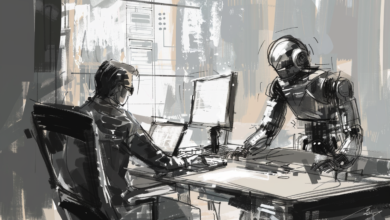US-China Strategic Competition: Concerns Over Industrial Dominance and Technological Advances

The ongoing strategic competition between the US and China escalates as concerns rise over China’s industrial dominance and technological advancements, prompting calls for immediate action and legislative measures to counter China’s growing influence.
U.S.-China Relations: Concerns Over Industrial Dominance and Technological Advancements
The Chinese government is significantly subsidizing various industries to secure dominance in global markets and potentially exert influence over the United States during crises, according to Rep. John Moolenaar (R-Mich.), the new chairman of the House Select Committee on the Chinese Communist Party. U.S. committee data highlights that Chinese companies manufacture 90% of commercial drones and 77% of hobbyist drones used in the United States. The Pentagon closely observes the application of drones in Ukraine for combat insights.
On Wednesday, the House Select Committee will hold a testimony session focusing on Chinese practices in the drone, semiconductor, shipbuilding, and steel sectors. Scheduled testimony includes Adam Bry, CEO of Skydio, a California-based drone manufacturer whose products are employed by Ukrainian officials for terrain analysis in potential war crime investigations.
The Select Committee on the Strategic Competition Between the United States and the Chinese Communist Party called for immediate actions such as new tariffs back in March to counter China’s dominance in the drone market and aims to propose legislative measures later this year.
Rep. Raja Krishnamoorthi (D-Ill.), the panel’s senior Democrat, stressed the detrimental effects of China’s economic strategies on the U.S. industrial base, highlighting sectors crucial to economic and national security.
China’s industrial subsidies are extensive, with a 2019 study by the Center for Strategic and International Studies estimating support amounting to $248 billion. This surpasses China’s defense expenditure. Subsidies support various industries including steel, electric vehicles, semiconductors, and solar panels, through low-cost loans, discounted land, cheap electricity, and cash from state-backed funds. Despite long-standing complaints by the U.S., including under the Trump administration, significant changes in Chinese subsidy practices have not occurred.
In parallel, the world’s largest electric vehicle battery producer, CATL, has achieved significant advancements in aviation technology. CATL successfully tested a 4-ton electric plane powered by its ultra-high energy density battery and plans to introduce an 8-ton electric aircraft by 2028 with a range of 1,200 to 1,800 miles. CATL collaborates with COMAC and emphasizes the feasibility of long-range flights for private and business jets. The company also dominates the EV battery market, holding over a 37% market share so far in 2024, with significant expansion plans including six new international plants.
These developments highlight the ongoing strategic competition between the U.S. and China, particularly in technologically advanced sectors.








